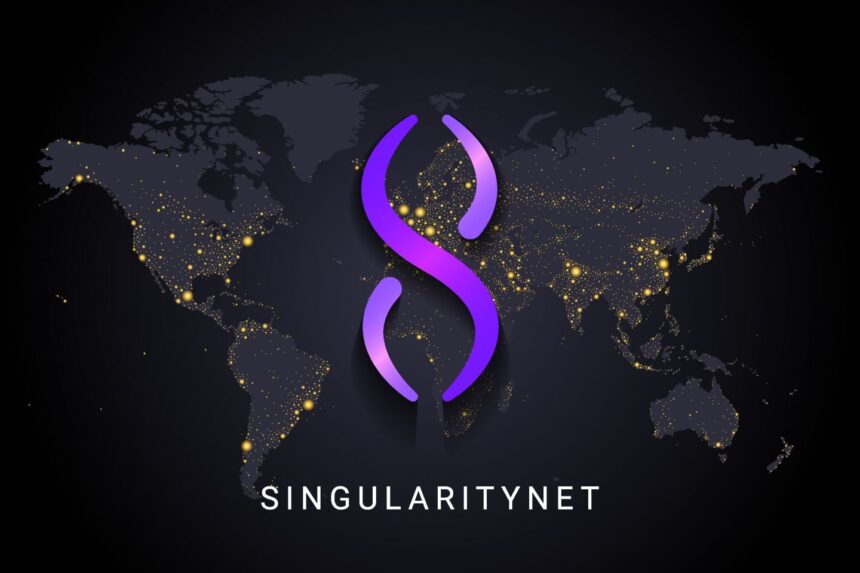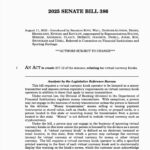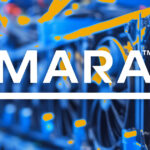ASI Cloud: Decentralized AI Infrastructure for Web3
Background: Launch of ASI Cloud
ASI Cloud, an initiative by the ASI Alliance, was recently introduced as a decentralized and permissionless cloud platform for artificial intelligence (AI) workloads. This new solution was explained by Janet Adams, COO of SingularityNET and decentralized AI specialist, in an exclusive interview with The Cryptonomist. ASI Cloud is positioned as an alternative to traditional centralized AI clouds, providing developers and businesses with immediate, wallet-based access to high-performance GPUs and open-source AI models through a transparent, pay-per-token system.
Unlike mainstream AI cloud providers, ASI Cloud does not require identity verification (KYC) or fiat-only payments, removing barriers for developers and enterprises building in the Web3 space. The platform aims to reduce vendor lock-in and offer scalable infrastructure on a permissionless basis.
How ASI Cloud Differs from Centralized AI Clouds
ASI Cloud’s decentralized approach marks a departure from existing, centralized AI services offered by major hyperscalers. According to Janet Adams, “ASI Cloud is a permissionless AI cloud, not another walled garden. It gives developers instant, wallet-based access to enterprise-grade GPUs and open-source models at transparent, pay-per-token prices. No lock-ins, no fiat-only or KYC barriers – just scalable AI infrastructure designed for Web3 builders and enterprises alike” (via The Cryptonomist). The platform is designed to offer predictable costs, full transparency, and eliminate the pricing opacity found in current centralized models.
Two upcoming additions to the ASI ecosystem were also previewed: ASI Chain and ASI Create. ASI Chain will anchor AI compute directly to smart contracts for programmable and verifiable process execution. Meanwhile, ASI Create will provide designers and developers with a toolkit to build, fine-tune, and deploy AI agents equipped with encrypted knowledge graphs and multi-modal capabilities. These components are intended to reinforce the ASI Cloud offering, aiming to make decentralized AI trustworthy and usable at scale.
Real-World Impact and Future Outlook
Decentralized AI, as envisioned by the ASI Alliance and Janet Adams, seeks to transform business operations by shifting from a model where companies “rent AI under opaque pricing and vendor lock-in” to one where “decentralized AI will look more like an open marketplace: verifiable compute, predictable costs, and AI agents businesses can actually own.” Adams also argues that decentralization can embed regulatory compliance by design, providing features such as transparency, auditability, and data sovereignty.
She provided concrete business scenarios, stating, “A startup can spin up GPUs by the hour, pay in stablecoins, and avoid burning months negotiating hyperscaler contracts. An enterprise can benchmark multiple open-source LLMs with full visibility into cost and performance. Decentralized AI lowers friction where centralized clouds create bottlenecks.”
Looking ahead, the ASI Alliance will focus on building out the Cloud, Chain, and Create layers. These initiatives aim to provide the infrastructure needed for “Artificial Superintelligence that is open, auditable, and aligned with humanity’s interests,” according to Adams.
For more on decentralized AI, see the Cryptocurrency section on Vizi.com.
What’s Next for Decentralized AI?
The roadmap for the ASI Alliance involves expanding its decentralized infrastructure and growing an open marketplace for AI development and deployment. By offering tools that allow businesses and developers to maintain full control over their AI models and workloads, the organization aims to facilitate innovation while upholding transparency and compliance. Continued development of ASI Cloud, Chain, and Create is expected to accelerate progress towards the creation of broadly beneficial artificial superintelligence.
For additional insights, visit The Cryptonomist.
Sources: The Cryptonomist



















